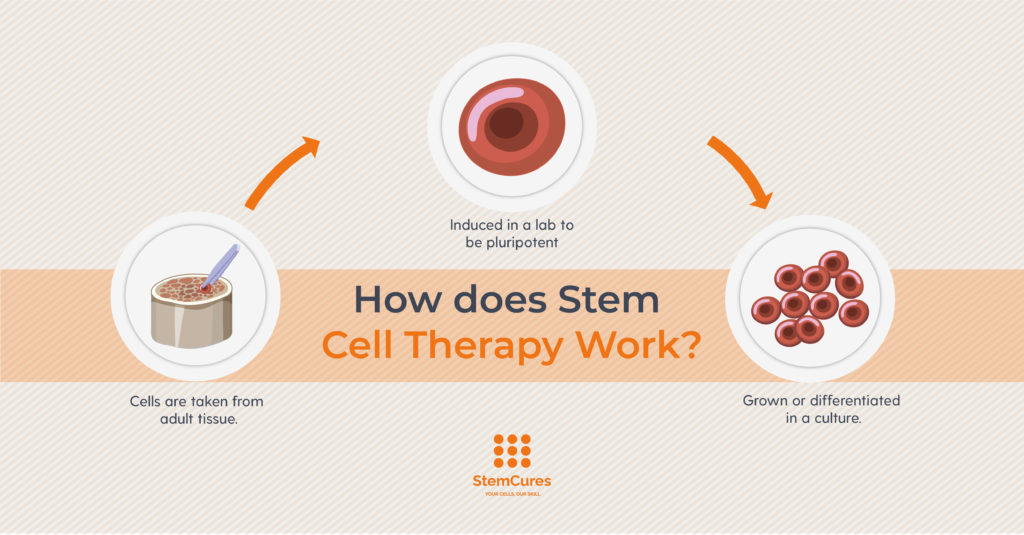Stem Cell Therapy for Meniscus Tear
Stem cell therapy, a realm of regenerative medicine, offers tremendous potential for treating a multitude of injuries and diseases, including meniscus tears. The meniscus is a key component of the knee, ensuring stability, shock absorption, and smooth movement. When torn, it can cause pain, swelling, and limited motion. In this comprehensive guide, we explore the science behind stem cell therapy for meniscus tear treatments and the benefits they can provide.
Understanding the Meniscus
The meniscus is a C-shaped piece of cartilage located in the knee, between the femur (thigh bone) and tibia (shin bone). It acts as a shock absorber, preventing bone-on-bone friction, and contributes to the overall stability of the knee. The meniscus also aids in distributing weight evenly across the knee joint, ensuring smooth and efficient knee mobility.
Meniscus Tears
Meniscus tears typically occur due to forceful twisting or sudden stops when the foot is planted and the knee is bent, often seen in sports. However, age-related wear and tear also contribute to meniscus injuries. Symptoms may include pain, swelling, and difficulty in moving the knee.
Diagnosing a meniscus tear usually involves a physical examination, followed by imaging tests such as an MRI. Conventional treatments for a torn meniscus include rest, physical therapy, and in severe cases, surgery.
What is Stem Cell Therapy

Stem cells are the building blocks of all cells in our body, have the unique ability to develop into many different cell types, including those of the meniscus. In therapy, stem cells are harvested from the patient’s body, typically from bone marrow or fat tissue, and then injected into the injured area to promote healing.
Stem Cell Therapy for Meniscus Tear
Stem cells can differentiate into meniscal cells and aid in tissue regeneration, making them ideal for treating meniscus tears. The procedure involves extracting stem cells, usually from the patient’s bone marrow or adipose tissue, and injecting them directly into the torn meniscus under ultrasound guidance.
The benefits of stem cell therapy for meniscus tears are manifold. It’s a minimally invasive procedure with a shorter recovery time compared to surgery. Furthermore, as the patient’s own cells are used, the risk of rejection is minimal. It also helps to restore the natural function of the knee, promoting a higher quality of life.
Scientific Evidence Supporting Stem Cell Therapy for Meniscus Tear
Numerous studies and clinical trials are supporting the efficacy of stem cell therapy for meniscus tears. A notable study published in the Journal of Bone and Joint Surgery demonstrated that stem cells could significantly improve the healing rate of meniscus tears. In another study, patients reported a decrease in pain and improved knee function following stem cell therapy.
Clinical trials, such as those listed on clinicaltrials.gov, also support the potential benefits of stem cell therapy for meniscus repair. Many patients have experienced a significant reduction in pain and increased mobility after undergoing stem cell therapy.
Stem Cell Therapy vs. Conventional Treatment
When compared to conventional treatments such as surgery, stem cell therapy presents certain advantages. While both aim to restore knee function, stem cell therapy does so with fewer risks and shorter recovery times. The success rate of stem cell therapy is also encouraging, with many patients reporting significant improvements in pain and mobility.
Moreover, unlike surgery which may lead to complications like infection or blood clots, stem cell therapy utilizes the body’s own cells, making it a safer alternative. Additionally, stem cell therapy aims at regenerating the damaged tissue, potentially resulting in a more long-term and natural solution.
Frequently Asked Questions (FAQs)
Is Stem Cell Therapy for Meniscus Tear FDA approved?
While stem cell treatments are promising, it’s essential to note that many are still considered experimental and are not yet FDA-approved.
How much does Stem Cell Therapy for Meniscus Tear cost?
The cost varies based on factors like the specific procedure, the physician’s expertise, and the geographical location. It’s best to consult with a healthcare provider for an accurate estimate.
How many treatments are needed for a full recovery?
The number of treatments required depends on the severity of the injury and the patient’s overall health. However, some patients report improvements after just one treatment.
What is the success rate of Stem Cell Therapy for a Meniscus Tear?
While exact figures vary, many studies and patient testimonials indicate a high rate of success with reduced pain and improved mobility.
Is Stem Cell Therapy for a Meniscus Tear covered by insurance?
Most insurance companies currently do not cover stem cell therapy as it’s often considered experimental. However, coverage can vary, so it’s crucial to check with your insurance provider.
Conclusion
Stem cell therapy is emerging as a promising alternative for treating meniscus tears. By leveraging the body’s own healing capacity, it provides a minimally invasive and effective solution. This pioneering field continues to evolve, potentially revolutionizing not only the treatment of meniscus tears but also other orthopedic conditions.













